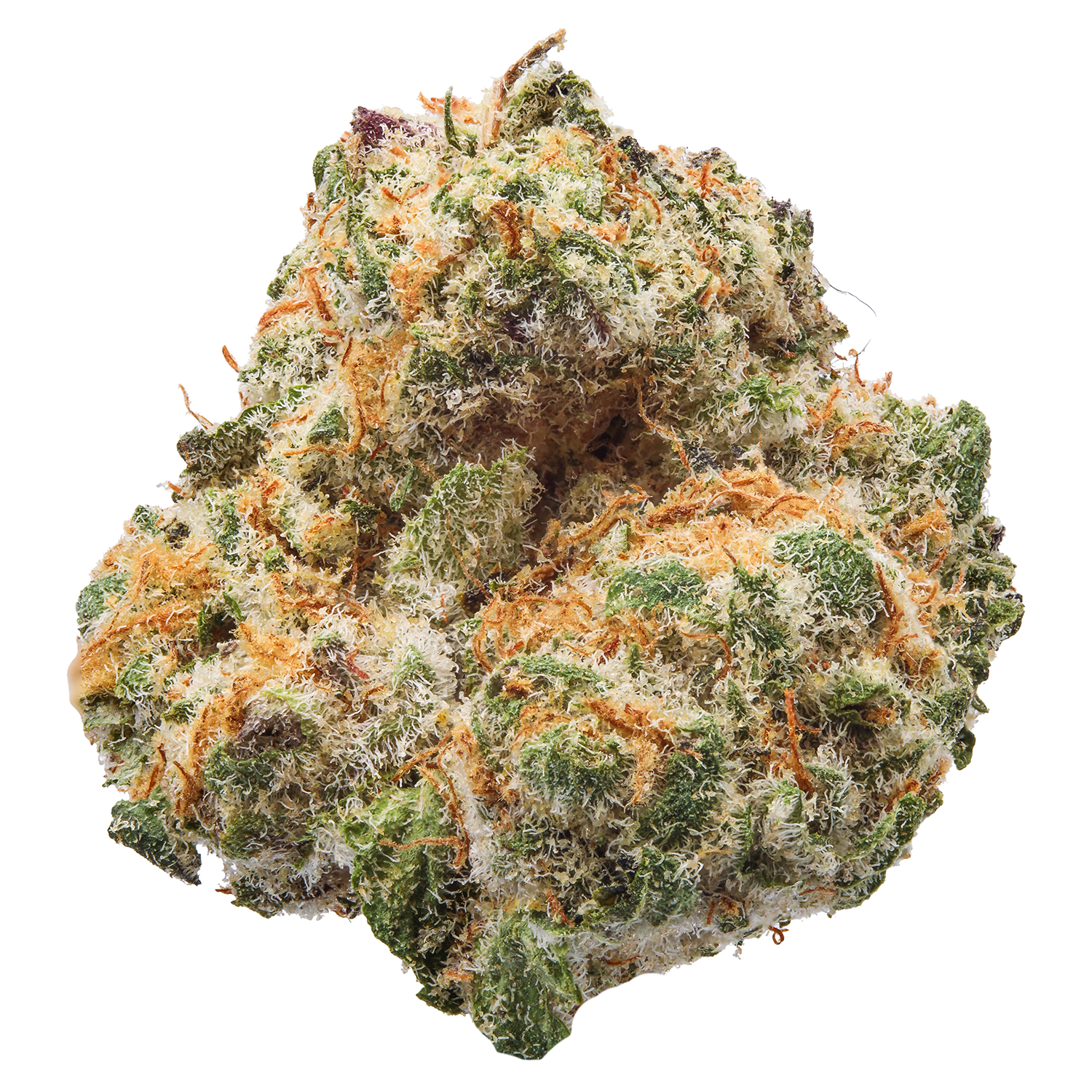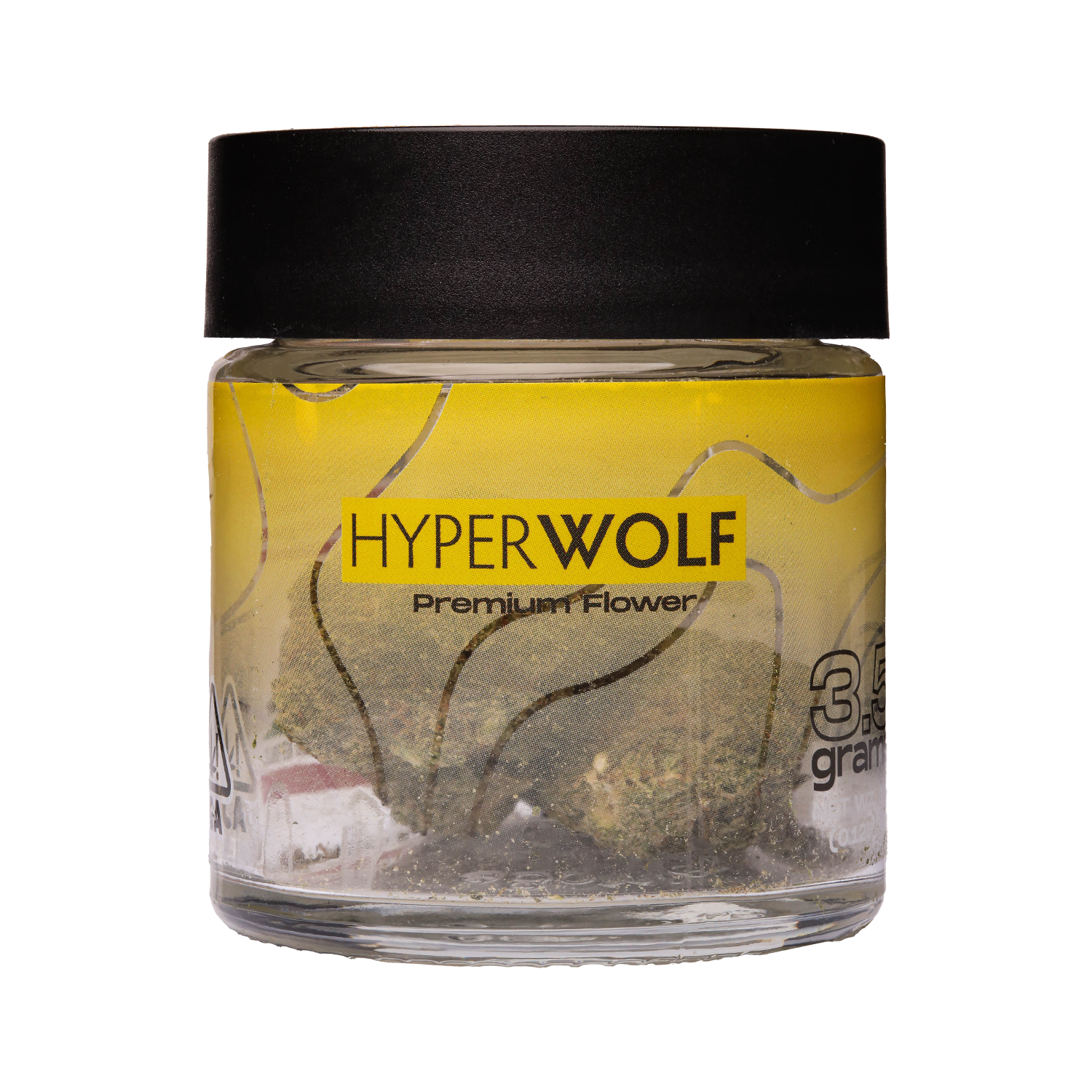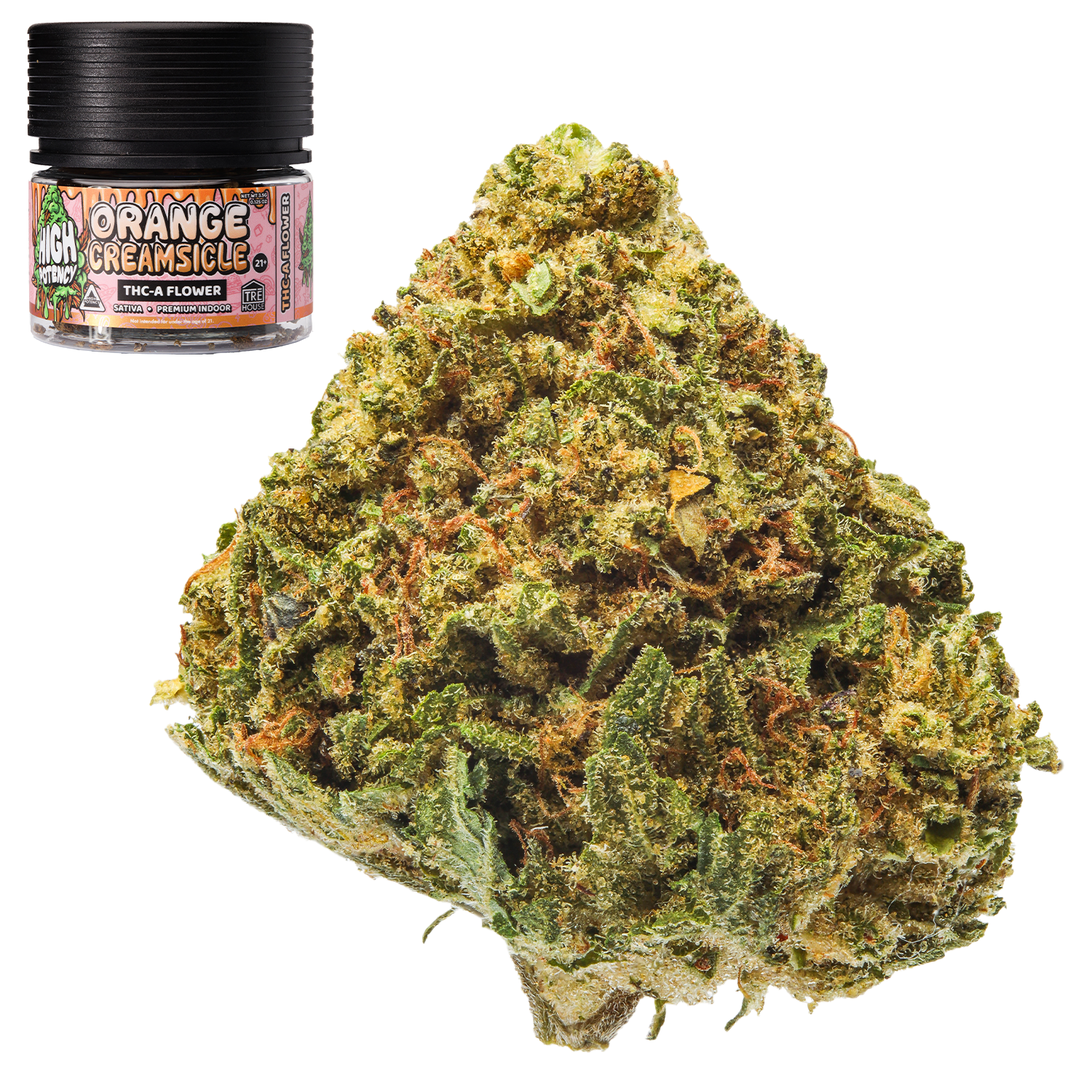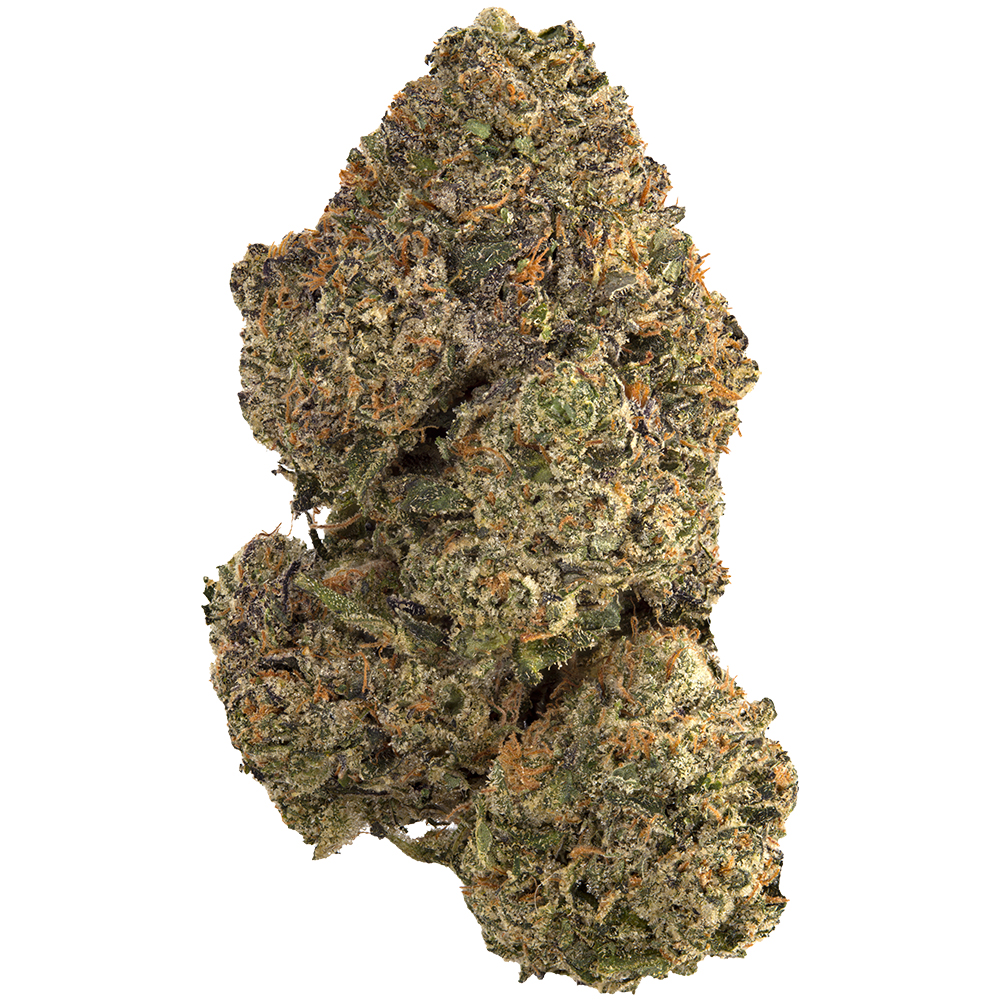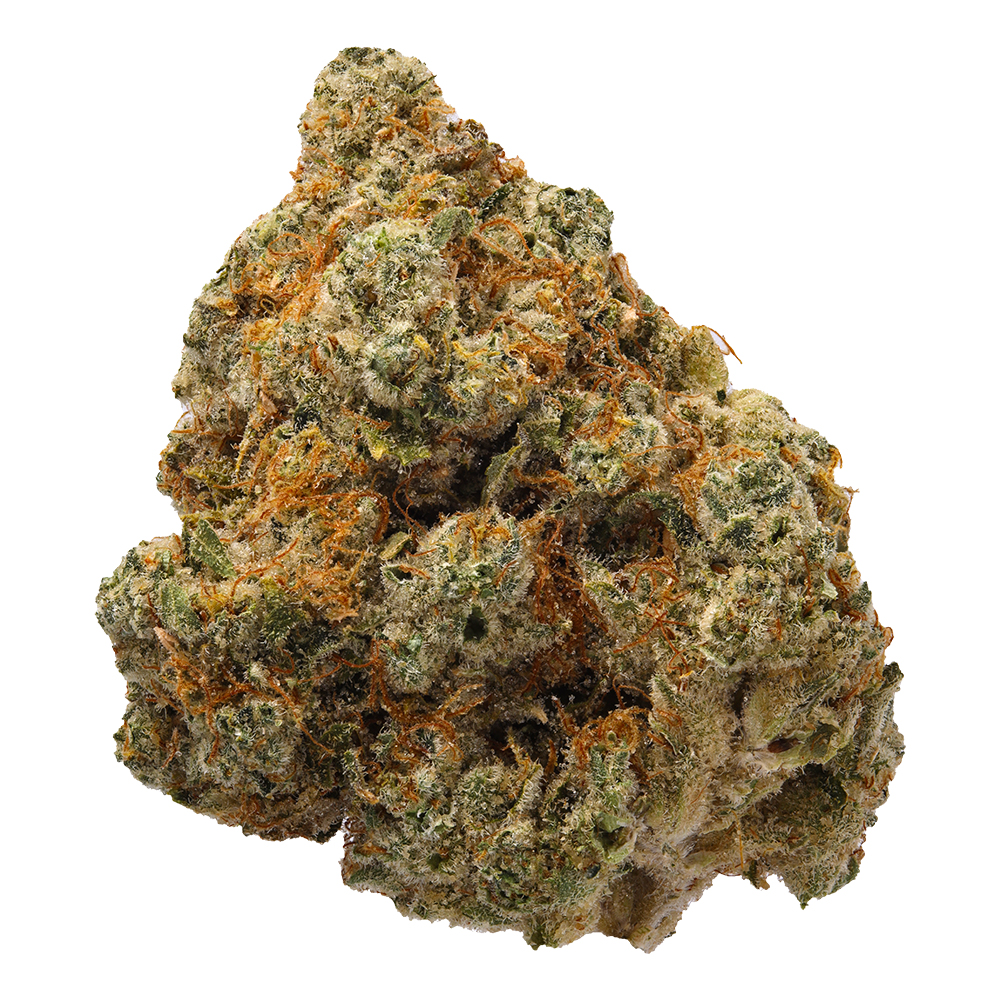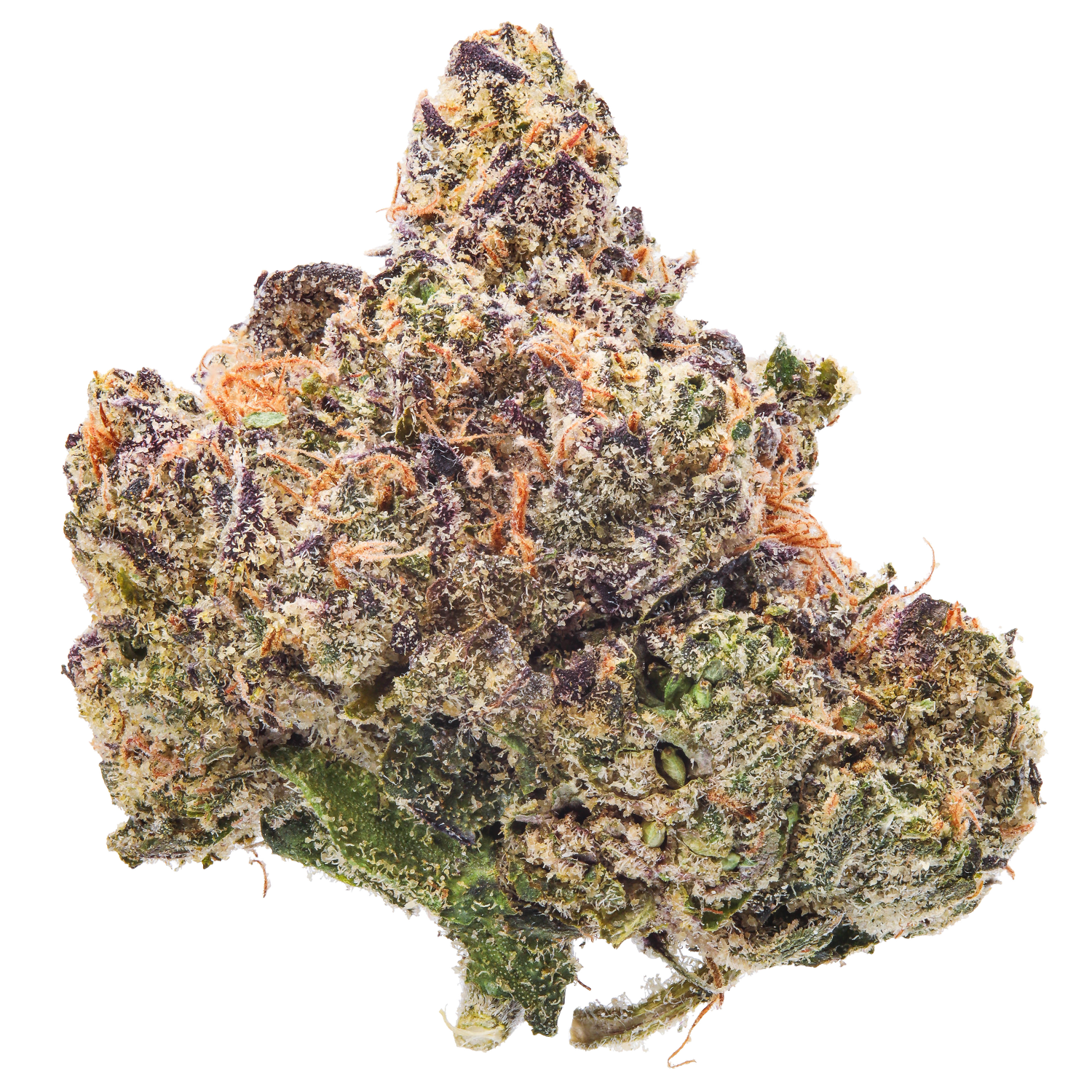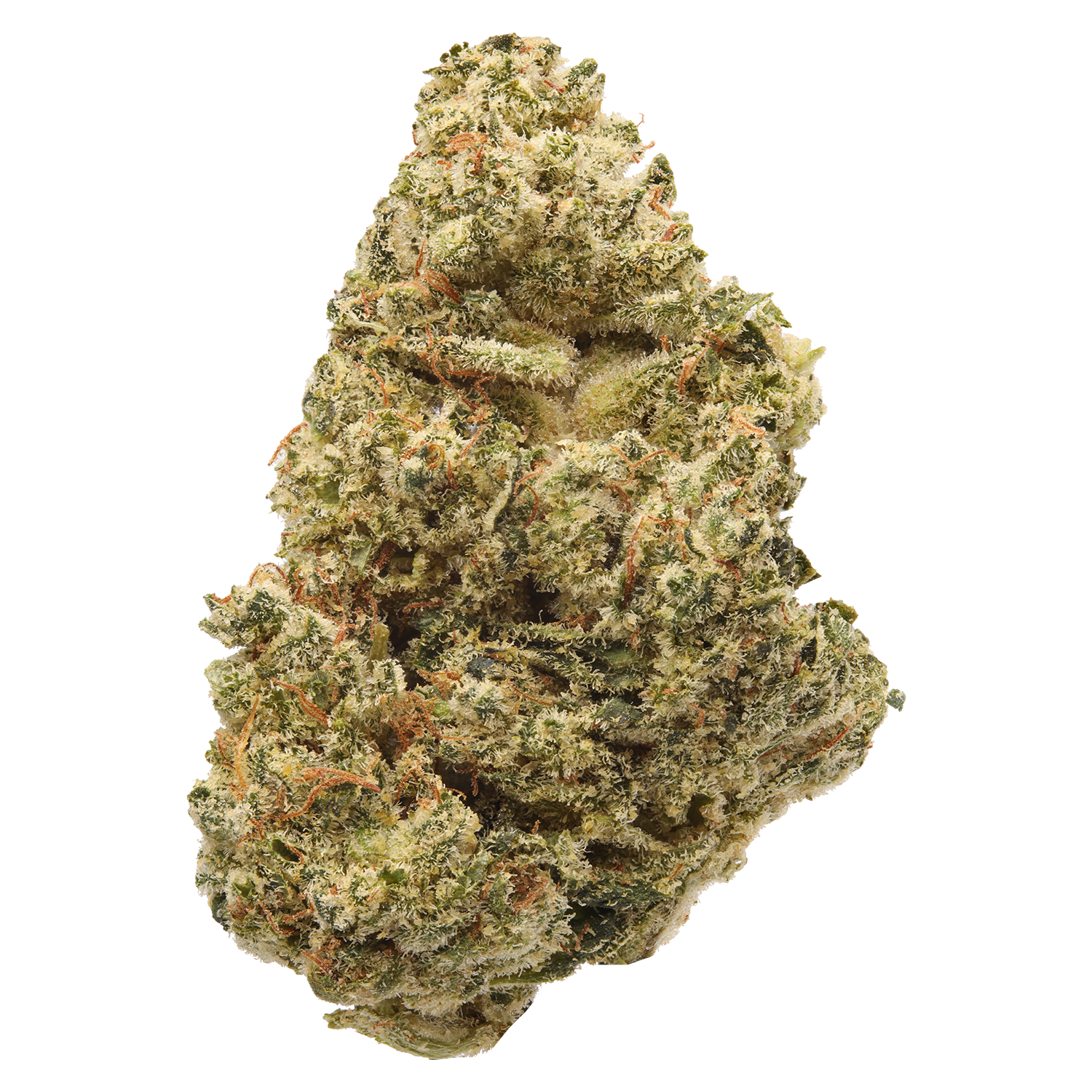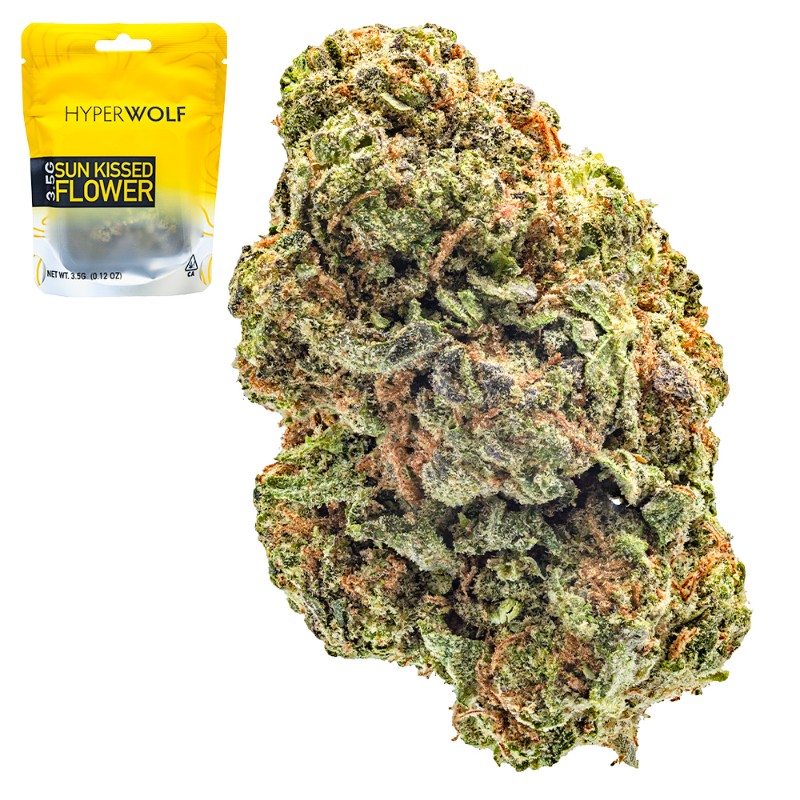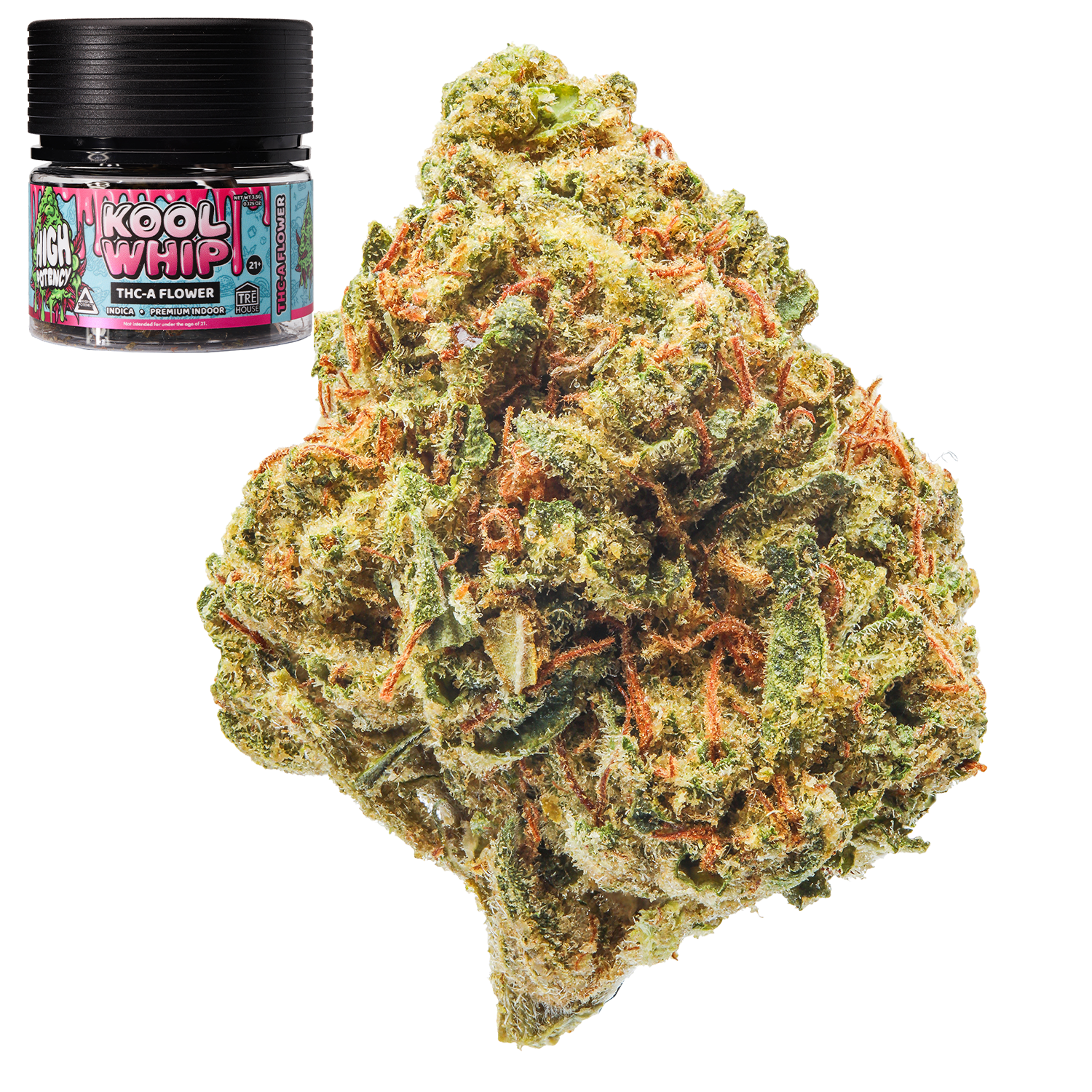Kratom is a unique and increasingly popular herbal substance that’s been making waves in wellness circles. Whether you’re looking for a natural energy boost, pain relief, or a potential alternative to opioids, kratom has garnered significant attention. But what exactly is kratom? Where does it come from, how does it work, and is it safe to use?
In this comprehensive guide, we’ll dive deep into the world of kratom. From its origins and chemical makeup to its effects on the body and mind, we’ll explore everything you need to know. By the end, you’ll have a clear understanding of whether kratom is right for you. Let’s dive in!
The Origins of Kratom
Kratom (scientific name Mitragyna speciosa) is a tropical tree native to Southeast Asia, particularly in Thailand, Malaysia, and Indonesia. The leaves of the kratom tree have been used for centuries by the indigenous people of these regions for their energizing and pain-relieving properties. Historically, workers used kratom to combat fatigue and pain during long hours of labor, and it was often chewed or brewed into tea.
Kratom leaves have a distinctively bitter taste, which is one reason why many modern users opt for kratom in powdered or capsule form. Despite its long history, kratom has only gained widespread attention in the West in recent years, thanks to growing interest in natural wellness remedies.

The Traditional Use of Kratom
In Southeast Asia, kratom has been utilized for various purposes:
- Pain relief: Kratom has been employed as a natural remedy for chronic pain.
- Boosting energy: Many users turn to kratom for an energy boost, especially in regions where physical labor is demanding.
- Mood enhancement: Some users have used it for its purported mood-lifting effects.
While these benefits have long been recognized in the traditional medicine of the region, modern users are now turning to kratom for similar reasons.
Kratom’s Chemical Composition
At its core, kratom is made up of powerful active compounds known as alkaloids. The most significant alkaloids in kratom are mitragynine and 7-hydroxymitragynine. These kratom compounds are responsible for the majority of the effects on the body and mind from kratom exposures.
How Kratom Works in the Body
Kratom interacts with opioid receptors in the brain, but it’s not technically classified as an opioid. Instead, it has a complex action that can both stimulate and sedate the body, depending on the dosage and strain. Mitragynine and 7-hydroxymitragynine bind to these receptors and produce effects that range from mild stimulation to significant pain relief.
- Mitragynine: Primarily responsible for kratom’s stimulating effects, this compound acts as a mild stimulant in lower doses but can become more sedative as the dose increases.
- 7-hydroxymitragynine: Known for its pain-relieving properties, this compound is one of the main contributors to kratom’s opioid-like effects.
Other Alkaloids
In addition to these two major alkaloids, kratom also contains a range of minor alkaloids that can affect the body in various ways. These include paynantheine, speciofoline, and ajmalicine. Together, these compounds create a range of effects, contributing to kratom’s unique profile.
Different Strains of Kratom
Kratom comes in various strains, each with distinct effects, primarily influenced by the color of the vein in the leaf. These strains can be classified into three main categories: red, white, and green.
While the effects of each strain vary, the underlying characteristics of the kratom are shaped by the way the plant is harvested and processed.
Red Vein Kratom
- Effects: Known for its strong pain-relieving properties and sedative effects. It’s often used for relaxation, pain relief, and improving sleep quality.
- Common strains: Red Bali, Red Maeng Da, Red Borneo.
White Vein Kratom
- Effects: Typically more stimulating, providing an energy boost and enhancing focus. It’s used for improved mental clarity and combating fatigue.
- Common strains: White Thai, White Maeng Da, White Borneo.
Green Vein Kratom
- Effects: Offers a balanced experience with mild pain relief and moderate stimulation. Many users appreciate its ability to enhance energy without the jitteriness that comes with white vein kratom.
- Common strains: Green Malay, Green Maeng Da, Green Borneo.
Each kratom strain offers unique effects, so it’s essential to choose one based on your specific needs and desired outcome. Whether you want energy, pain relief, or relaxation, there’s likely a kratom strain that will work best for you.
How Kratom is Consumed
Kratom is most commonly consumed in powder form, although there are several other methods available depending on your preferences. The method of consumption can influence how quickly and intensely the effects are felt.
Popular Ways to Consume Kratom
- Powdered form: This is the most common and versatile method. Kratom powder can be mixed into beverages like smoothies, tea, or simply water. It can also be placed in capsules for easier consumption.
- Capsules: Ideal for those who dislike the taste of kratom powder, capsules are a convenient and easy way to consume kratom. However, the effects may take longer to kick in since the capsules must be digested first.
- Tinctures: Kratom tinctures are concentrated extracts that can be taken sublingually (under the tongue) for faster effects. These are a good option for those who want a potent dose without the bulk of powder.
- Tea: Kratom leaves can be brewed into tea, providing a calming ritual and more gradual effects. While the taste can be bitter, adding honey or other flavorings can help mask the flavor.
Other Forms of Kratom
- Extracts: These are concentrated forms of kratom that provide a more potent effect. They come in powder, liquid, or resin forms.
- Tablets: Similar to capsules, these are convenient but may not allow for as much dosage control.
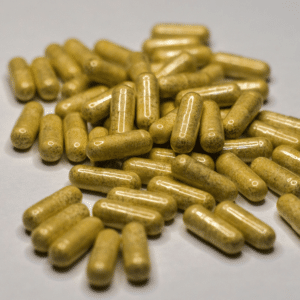
Kratom’s Effects on the Body and Mind
When consumed, kratom can produce a wide range of effects on the body and mind. These effects depend on several factors, including the strain, dose, and the individual’s tolerance.
Stimulating Effects
In lower doses, kratom acts as a stimulant, offering increased energy, focus, and mental clarity. Many users report feeling more alert and capable of tackling tasks with increased enthusiasm.
Sedative Effects
At higher doses, kratom can become sedating, helping to relieve pain and promote relaxation. Some people find kratom particularly helpful for managing chronic pain or using it as a sleep aid.
Pain Relief
Kratom is perhaps best known for its analgesic (pain-relieving) properties. This makes it a popular choice for people dealing with chronic pain conditions, such as arthritis or back pain.
Mood Enhancement
Kratom has been shown to help elevate mood in many users. The stimulating effects can help combat feelings of fatigue or depression, while the sedative effects can help alleviate stress and anxiety.

Side Effects
While kratom can be beneficial for many people, it’s not without its side effects. Common side effects include:
- Nausea
- Dizziness
- Constipation
- Insomnia (at high doses)
To avoid these effects, it’s important to start with a low dose and gradually increase as needed.
How Kratom is Used in Traditional Medicine
Kratom has long been a part of traditional medicine in Southeast Asia. In addition to its use as a stimulant and pain reliever, kratom was historically used to treat a variety of ailments, such as diarrhea, fatigue, and even coughs. The leaves were chewed, brewed into tea, or smoked.
In recent years, kratom’s popularity has spread globally, and it’s now used not only for its energizing and pain-relieving effects but also as a potential natural alternative to opioid painkillers.
Kratom’s Role in Opioid Withdrawal
Kratom has gained attention as a potential tool in managing opioid withdrawal symptoms. Some individuals report using kratom to help ease the discomfort associated with opioid cessation, although its use in this context is still controversial and requires further research.
Kratom and Its Legal Status Around the World
The legal status of kratom varies significantly around the world. In some countries, it is completely legal, while in others, it has been banned due to concerns about its potential for abuse.
Legal Status in the United States
According to the drug enforcement administration, Kratom is legal in many states in the U.S., though there are some states that have banned its use, including Alabama, Arkansas, Indiana, and Wisconsin.
The FDA (Food and Drug Administration) has not approved kratom for medical use, and it has issued warnings about the potential risks associated with the substance. Despite this, kratom remains legal at the federal level.
Legal Status Worldwide
- Thailand: Kratom was traditionally legal in Thailand but was banned for many years. In recent years, however, Thailand has reversed its stance and legalized kratom for medical use.
- Europe: Kratom’s legal status varies by country. Some European countries have restrictions on its use, while others allow it to be sold openly.
As the popularity of kratom and other psychoactive drugs continues to grow, legal battles and debates are likely to shape its future in many parts of the world.
The Risks and Safety Concerns with Kratom
Despite its potential benefits, kratom is not without its risks. Misuse or overconsumption of kratom can lead to a range of adverse effects. It’s important to be informed about these risks before deciding whether to use kratom.
Potential Risks and Side Effects
- Drug Addiction: Kratom has the potential to be habit-forming, especially when used regularly in high doses. In this case, an individual may experience kratom withdrawal, similar to drug alcohol withdrawal.
- Overdose: While rare, kratom overdose can occur, and it may lead to symptoms like vomiting, seizures, respiratory depression, and even death. Overdosing on kratom is more likely if it’s combined with other substances.
- Withdrawal: Regular use of kratom can lead to withdrawal symptoms when you stop taking it. These can include irritability, cravings, and physical discomfort.
Safety Tips for Kratom Users
- Start with a low dose: To avoid side effects, start with a small dose and gradually increase as needed.
- Avoid mixing with other substances: Combining kratom with alcohol, benzodiazepines, or other opioid drugs can increase the risk of dangerous side effects.
- Consult a doctor: If you’re using kratom for medical reasons, it’s always a good idea to consult with a healthcare professional.
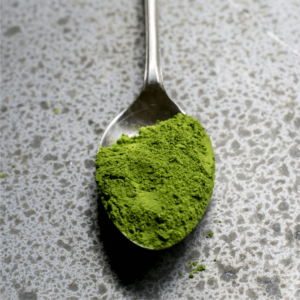
Kratom as a Natural Alternative to Opioids
One of the most compelling reasons some people turn to kratom is its potential to serve as a natural alternative to opioid painkillers. Kratom’s ability to produce pain-relieving effects, without the severe side effects associated with prescription opioids, has led many to consider it a safer option.
However, it’s important to note that kratom is not without its risks, and its use as an opioid alternative remains controversial. Some people may use kratom to manage pain or cope with withdrawal symptoms from opioid addiction, but others caution against relying on it without proper medical supervision.
The Debate Around Kratom as an Opioid Substitute
While some users report success with kratom in managing pain and withdrawal symptoms, others warn that it could potentially lead to addiction. The debate around kratom’s role in opioid replacement therapy is ongoing, and more research is needed to fully understand its long-term effects and safety.
Is Kratom Addictive?
While kratom is often touted as a safer alternative to opioids, it’s important to consider the potential for addiction. Kratom has a stimulating effect at low doses and sedative effects at higher doses, which means it can be habit-forming, particularly when used regularly or in large amounts.
Signs of Kratom Addiction
- Cravings: Feeling an intense desire to take kratom regularly.
- Tolerance: Needing to take more kratom over time to achieve the same effects.
- Withdrawal symptoms: When stopping kratom use, you may experience symptoms like irritability, fatigue, or physical discomfort.
If you suspect you’ve become dependent on kratom, it’s essential to seek professional advice and consider tapering off under the supervision of a healthcare provider.
How to Dose Kratom Safely
To minimize risks and ensure safe usage, it’s crucial to dose kratom properly. Everyone’s body responds differently to kratom, so it’s important to start with a low dose and adjust from there.
Kratom Dosage Recommendations
- Low dose (1-3 grams): Mild stimulant effects, increased energy, focus.
- Moderate dose (3-5 grams): Pain relief, relaxation, mood elevation.
- High dose (5-8 grams): Sedative effects, significant pain relief, sleep aid.
Remember to never exceed 8 grams of kratom in one sitting and always listen to your body.
What the Research Says About Kratom
While kratom has been used for centuries in traditional medicine, scientific research into its benefits and risks is still relatively limited. However, there are several studies that support its potential as a pain management tool and mood enhancer.
Promising Benefits of Kratom
- Pain management: Studies suggest that kratom may have analgesic properties, similar to opioids, but with fewer side effects.
- Mood enhancement: Kratom has been shown to help reduce symptoms of depression and anxiety for some users.
- Opioid withdrawal: There’s evidence that kratom may assist with opioid withdrawal, though this remains a controversial topic.
However, there are still significant gaps in research, especially regarding the long-term effects of kratom use. More studies are needed to fully understand its safety profile and therapeutic potential.
The Future of Kratom
As kratom’s popularity continues to rise, so does the conversation about its regulation, research, and public awareness. It’s likely that more countries and states will either legalize or ban kratom based on new research and changing public attitudes.
Potential Future Trends
- Increased regulation: As kratom gains more mainstream attention, stricter regulations may be implemented to ensure safe and responsible use.
- New product development: Expect to see more kratom-based products emerge, such as tinctures, edibles, and other innovative formulations.
- More research: With the growing interest in kratom’s benefits, more research is likely to be conducted on its long-term effects, safety, and therapeutic potential.

Conclusion: Should You Try Kratom?
So, should you try kratom? Ultimately, the decision is a personal one. While kratom offers a range of potential benefits, from energy enhancement to pain relief, it’s not without risks. If you’re considering kratom as a natural remedy for pain or stress, it’s essential to start slowly, monitor your dosage, and consult a healthcare professional, especially if you have existing medical conditions.
Whether you’re drawn to kratom for its potential opioid alternatives or simply curious about its unique effects, make sure you are informed before making a decision. Kratom may work wonders for some, but like all supplements, it’s important to approach it with caution and awareness.
What is Kratom: Frequently Asked Questions
1. What are the effects of kratom?
The effects of kratom vary depending on the strain and dosage. At lower doses, kratom acts as a stimulant, providing an energy boost, increased focus, and enhanced mood. At higher doses, kratom has sedative properties, helping with pain relief, relaxation, and even improving sleep quality. It is also known to have mood-enhancing effects and may provide relief from anxiety and stress for some users. However, the specific effects can differ from person to person, and it’s important to start with a low dose to gauge your individual response.
2. What is kratom traditionally used for?
Traditionally, kratom has been used in Southeast Asia for a variety of purposes. It has served as a natural remedy for pain relief, a stimulant for increased energy and focus, and an aid in fighting fatigue, especially among laborers. Kratom leaves were commonly chewed or brewed into tea. It has also been used to treat ailments such as diarrhea, cough, and fatigue. Over the years, kratom’s pain-relieving and mood-lifting properties have led to its growing popularity in the West.
3. Is kratom illegal in the US?
Kratom’s legal status in the United States varies by state. It is legal in many states, but several others have banned or heavily regulated its use. States like Alabama, Arkansas, Indiana, and Wisconsin have enacted bans, while other states may have specific restrictions on its sale or consumption. At the federal level, kratom is not classified as a controlled substance, though the FDA has issued warnings about its potential risks and safety concerns. It’s important to check your local state laws to determine if kratom is legal in your area.
4. Does kratom show up as an opioid?
Kratom does not show up on standard drug tests designed to detect opioids, as it is not technically classified as an opioid. However, kratom does interact with opioid receptors in the brain and has effects that are similar to opioids, such as pain relief and sedation at higher doses. Some specialized tests might detect the presence of kratom or its metabolites, but most common drug tests, including those for opioids, are unlikely to pick it up. It’s worth noting that kratom’s similarity to opioids has led to concerns about its potential for abuse and addiction.





